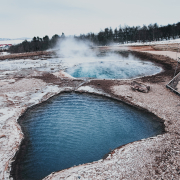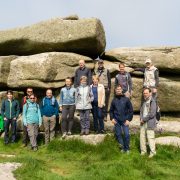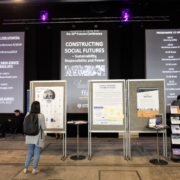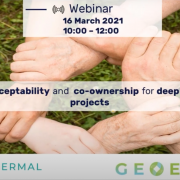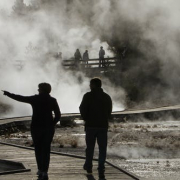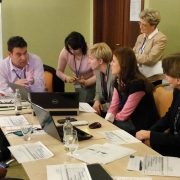LPRC participates at “Geo-Energy Operations: Opportunities and Challenges” webinar
On the 16 December, The Welding Institute hosted its webinar titled “Geo-Energy Operations: Opportunities and Challenges Confirmation”. TWI is a global leader in technology engineering providing research and consultancy to its members.
The session was focused on one research question: “Why is geothermal still the hidden champion of energy?”. Geothermal has a very high potential on Earth. As a matter of fact, 99.6% of the planet is above 500 degrees Celsius, which begs the questions, why relying so much on oil and gas?
In addition, geothermal is a baseload power. Baseload power refers to the minimum amount of electric power needed to be supplied to the electrical grid at any given time. Day to day trends of power usage need to be met by power plants, however it is not optimal for power plants to produce the maximum needed power at all times. Earth’s warmth is not dependent on the time of the day, season or weather, it stays warm and will continue to stay warm for billions of years.
On top of potential and availability, recent developments in technology and general economies of scale have pushed geothermal competitiveness to the forefront of the energy race. Figure 1 showcases the unsubsidized cost of alternative and conventional energy sources. Two conclusions can be drawn from this graph; first, being unsubsidized levelized costs; second, although more competitive, biomass and wind have their drawbacks.
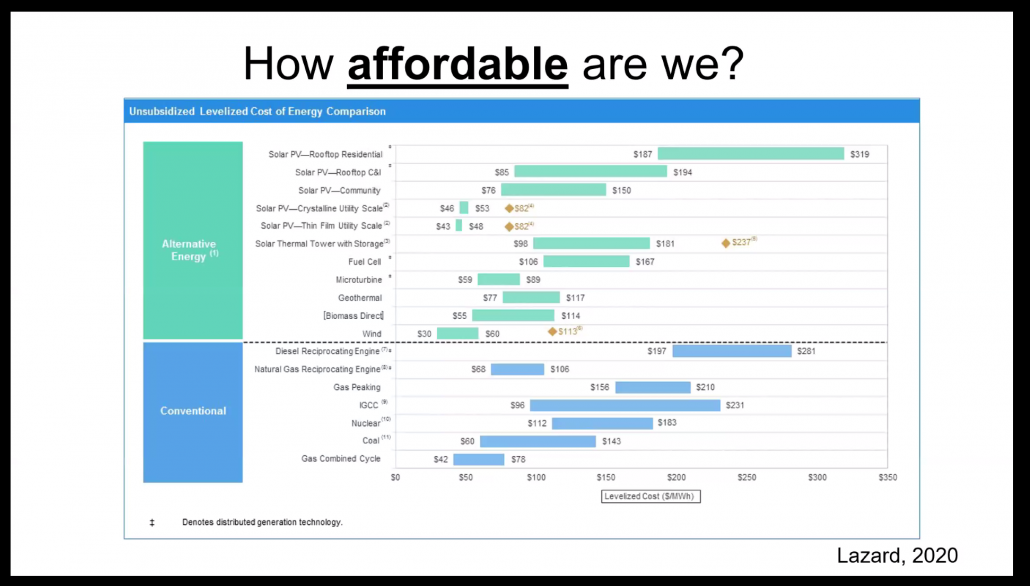
Conventional and alternative energy costs.
The ambitious vision developed for geothermal is challenged by a slow growth and implementation of geothermal worldwide. The International Geothermal Association highlights that geothermal Growth rate of geothermal is only 3%, which is not enough to meet UNDP (United Nation Program for Development) Objective 7 – focusing on clean and affordable energy for all. To reach this global objective, the annual growth rate of geothermal (electricity, heating and cooling) needs to be 9 to 12%. Market studies suggest that the main hurdles to overcome include initial investment and public perception. Realistically, these two notions boil down to one simple concept: trust.
Investment relates to a trust into geothermal to yield positive return on investment while maximising the cost management of operations. Academic studies suggest that trust in geothermal can be raised via sharing best practices and technical development leading to cost reduction. This combination of actions enabled a noticeable growth in solar and wind power generation over the past decade.
Finally, trust is also capital when discussing public perception of geothermal energy. Best practices across the globe demonstrate that successful geothermal projects are synonymous with open and trustworthy communication with local communities. In the words of Marit Brommer, Executive Director at IGA: “both geothermal experts and non-experts shall discuss with the public about geothermal. The public shall always be engaged openly and with non-technical jargon to ensure clear communication and more importantly: dialogue. These open discussions will not only benefit the geothermal world but society as a whole.”.
Will 2021 bring new opportunities for geothermal energy?

